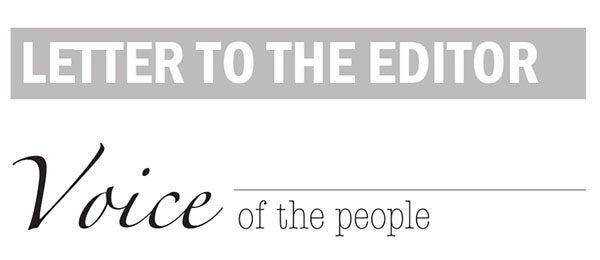‘Regressive’ abandoned property ordinance hurts Perryville
Published 8:13 am Saturday, February 11, 2017
Dear Editor,
In 2014 and 2015, Linda and I reached an agreement with the City of Perryville to forestall the condemnation proceedings against the house at 208 S. Jackson St. The house is located in Perryville’s historic district, it represents typical construction methods for the neighborhood during the period, and we bought it because we thought it was worth preserving. However, our company had just undertaken two years worth of construction contracts that required that we live out of town during the week. We made the minimum repairs necessary to fulfill the agreements with the city, which were about all we had time to do back then.
When we completed our construction contracts in May 2016, we immediately returned to Perryville to clean up and survey the Jackson Street properties. With the site prepared, we began a complete restoration of the house. As of Oct. 1, 2016, we had invested $10,000 in the project and will spend another $40,000 or more before it is completed.
At the December city council meeting, which we did not attend, 208 S. Jackson St. was placed on the Abandoned/Neglected Property List for the 2017 tax year. We were not notified of our failure to achieve compliance, nor given an opportunity to appeal. Therefore, at the February meeting, when we finally forced the city to clarify the status of the property, all possibilities of appeal had passed and, at that point, the meeting became contentious.
The inarguable fact that the city owns far more condemned buildings in the historic district (the really significant buildings) than any of its citizens do makes this such a contentious issue. Thus far, the city has never demonstrated the political courage to put their buildings back into private hands where they might still be saved, and this helplessness makes them angry.
The Abandoned/Neglected Property Ordinance they passed in December 2005 reflects that anger. It is a regressive document that seeks to assign guilt to the owners of such properties and to punish them by making their property taxes over 20 times the normal tax rate ($7.50 per $100). As written, the ordinance would encourage block after block of boarded-up and lifeless structures, while making compliance very difficult for anyone who may choose to return these buildings to full functionality.
Our solution to the problem represents the best possible outcome that could be hoped for for these old buildings. That degree of effort should encouraged.
Bill Faulconer
Perryville



